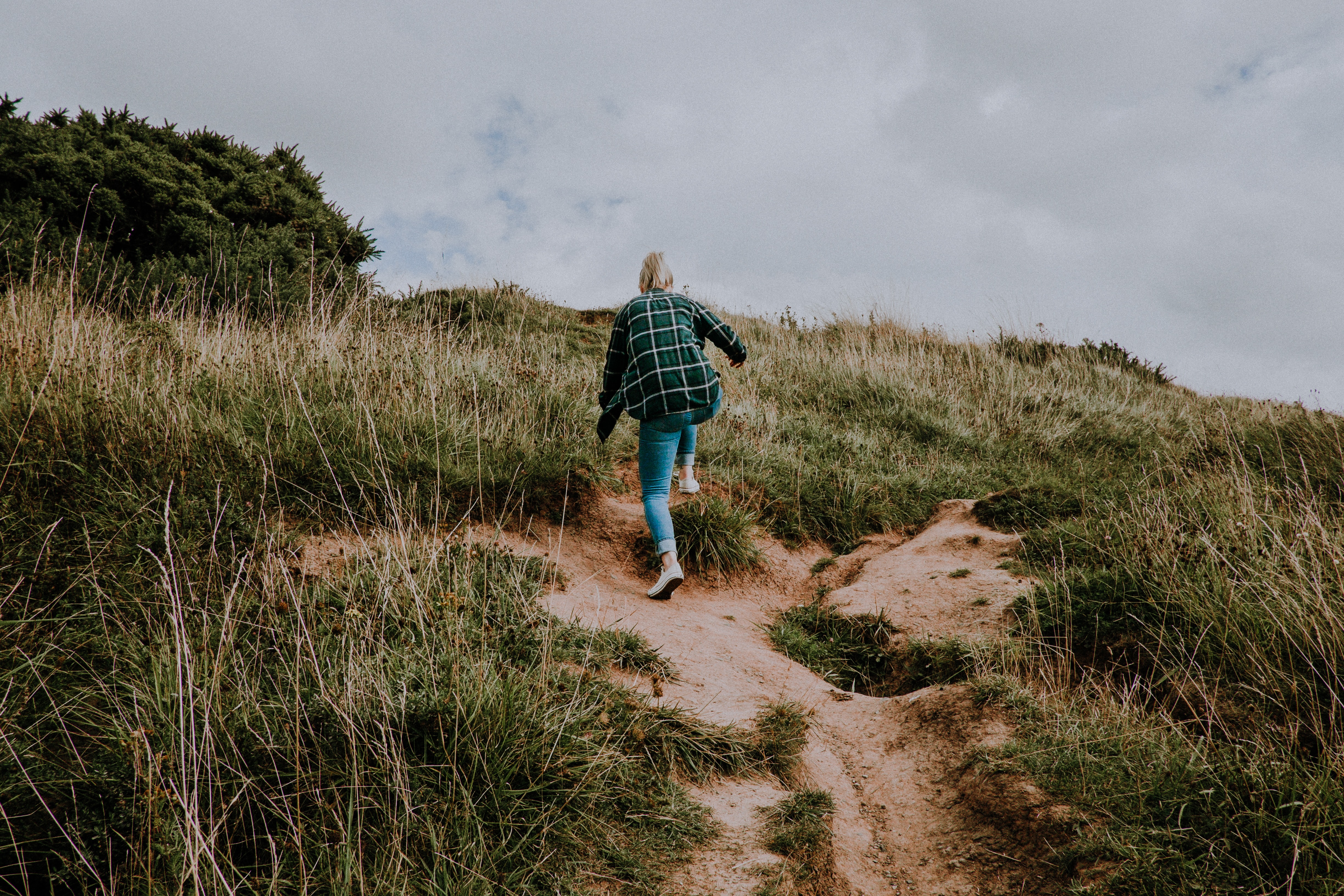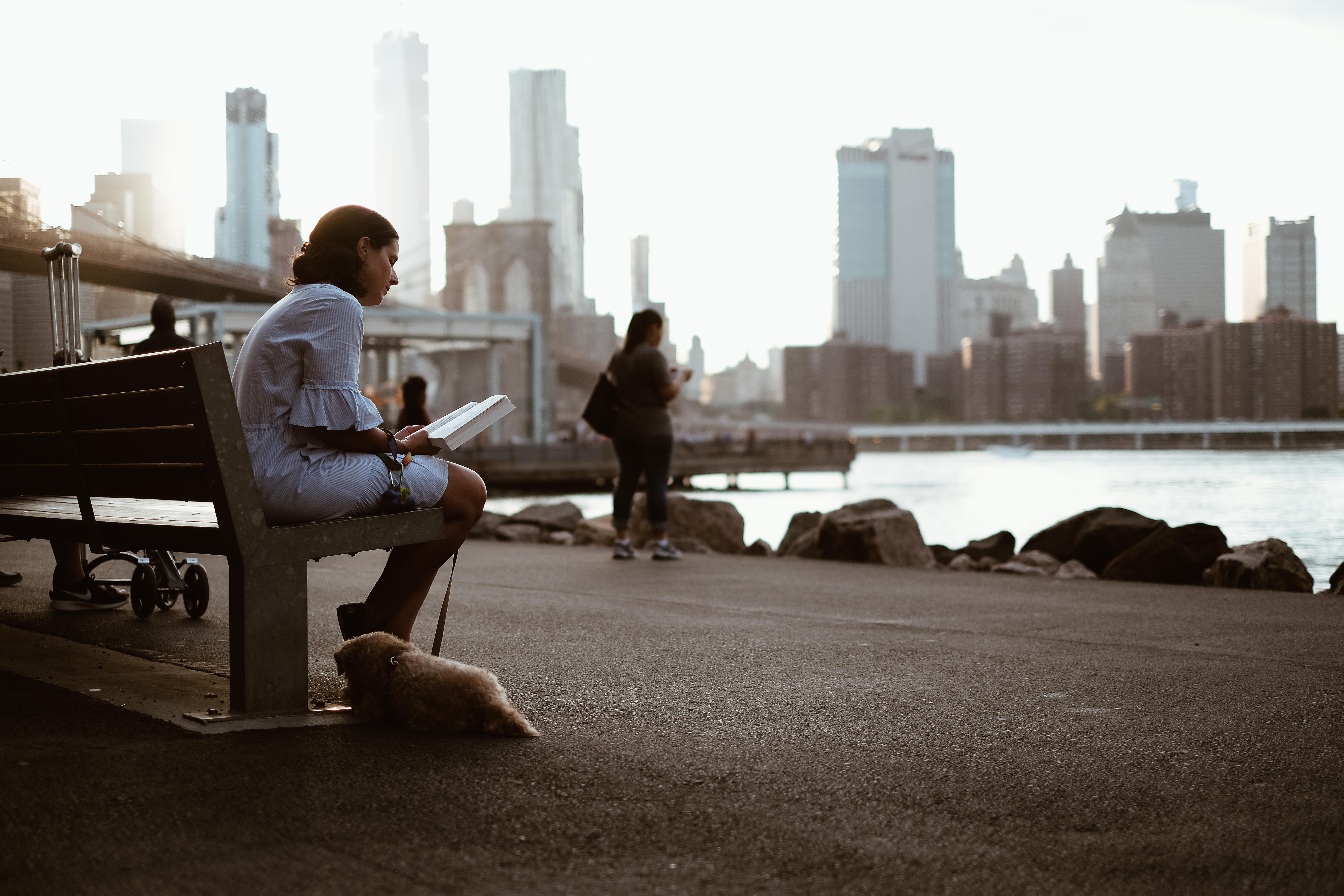
In today’s world, you’re always going to have a to-do list that’s a mile long. There will always be more briefs to write, more clients to help, and more work to do. The only way to take more time for yourself is to do just that: actively take it. Carve out time in your day to get out of your regular work rhythms and let yourself escape. Taking this meditative time is good for your health and can lower your blood pressure and stress levels. It’s also great for your motivation and focus and will leave you refreshed and ready to be productive for the next step in your work.
To effectively escape and meditate, however, you need to get out of your regular work and life environment. Leave the house, leave the office, and go for a walk. Today the home is rarely a place you can fully escape from the pressures and anxieties of work, and home life brings with it its own set of tasks and assignments apart from your place of employment. Walking allows you to simultaneously escape from the pressures of your life and immerse yourself in the broader world around you.
Head Up, Eyes Up
Mindfulness is about living in the present and being aware of yourself and the life and world around you. When you first set out on your walk, keep your eyes and head up so you can see the people and world around you.
You may want to escape from all the stimuli to try to be more meditative, but your first step should be to let yourself be present and experience life around you. This is also important for safety. Don’t immediately close your eyes and try to shut out the noises around you. That’s now what mindfulness is about, and it’s not safe either. Meditating and emptying your mind should not mean putting yourself at risk of injury in a pedestrian car accident.
Willful Wandering
Usually, when we walk places, we walk with a purpose. You’re trying to get from point A to point B, and you don’t have time for anything else. All too often we are so wrapped up in our thoughts and anxieties that we don’t even notice the buildings and people around us on the street! That’s why your first step on your walking meditation should be to shift your attention from the past and the future into the present. Observe and try to notice things around you.
If you know the area, it’s a park, or you have a phone with you, you shouldn’t worry about getting lost. Forget about point A and point B and walk. Let your impulses guide you and don’t stress about where you’re going. It’s not about the destination. Ideally, time constraints shouldn’t be stressing you out either. If you’re on a schedule, you can set a timer for yourself to pull yourself back out of the wandering.

Filtering Out the Noise
After you’ve done your best for a while letting the things around you occupy your attention instead of whatever happened yesterday or the work you have to do this afternoon, you can begin to try to clear your mind further. Direct your attention to your body. Focus on your breath and the motions of your feet and legs as you continue walking. Keep looking ahead so you can stay safe and alert, but focus on your movements.
It’s natural, especially as your mind starts to quiet down, to continually be distracted by other thoughts and ideas and plans that come up. Acknowledge them, let yourself think about them briefly, and then gently bring your attention back to the physical walk itself. You shouldn’t punish or scold yourself; subtly redirect your focus like you would with a well-intentioned child.
Find a Place of Rest
After you’ve been walking for a while, you should hopefully be entirely out of your regular routes and habits. Now that you’ve left work and obligations behind for the moment, you can find a place to rest. Find a bench or a shady spot on the grass where you can sit down and not feel overly self-conscious. Breathe deep, give yourself a chance to be grateful for everything you have to be thankful for, and then continue on your way.




